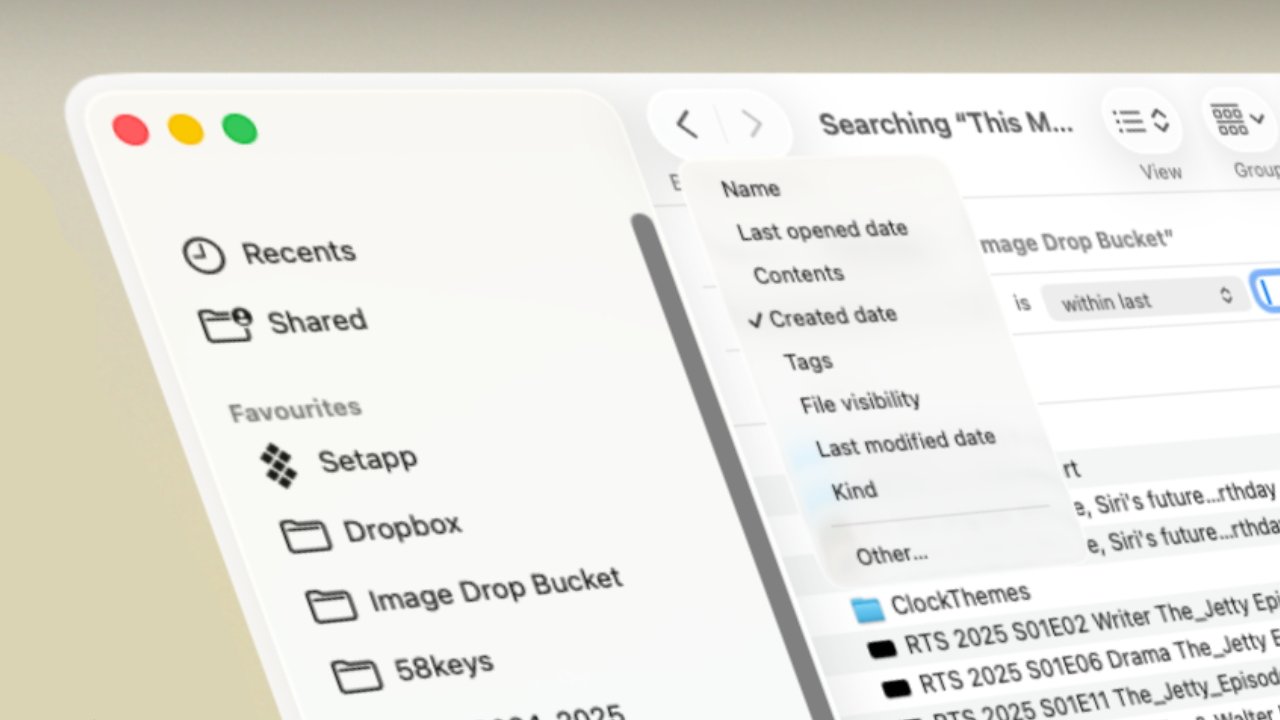RESEARCHERS have deciphered the title and author of a charred scroll destroyed by the Mount Vesuvius eruption 2,000 years ago.
The tightly bound scroll cannot be opened since its delicate, burnt pages would only fall apart.
6

6

6

6
Therefore, researchers have used a cutting-edge technique hinging on artificial intelligence (AI) to reveal the lost text.
The scroll was discovered in Herculaneum, an ancient Roman town that was buried under the massive volcanic fallout from Mount Vesuvius.
After ‘virtually unwrapping’ scroll PHerc. 172, researchers discovered it was titled On Vices by the Greek philosopher Philodemus.
The text offered ancient Romans guidance for cultivating a virtuous life, according to researchers.
Philodemus, who lived between roughly 110 and 30 BCE, was an Epicurean philosopher and poet from Gadara.
The University of Oxford’s Bodleian Library holds a number of the scrolls, which have been left untouched for decades.
But recent advancements in technology have allowed the scrolls to be 3D reconstructed with powerful X-ray beams without damaging them.
Once researchers have identified each layer of the scroll, AI is used to detect the ink.
The ink is digitally painted onto the scroll, for researchers to decipher.
As part of an international competition, researchers have found the title and author inside of a sealed scroll for the first time.
The Vesuvius Challenge awards money to all those who can help decipher the charred scrolls housed at the Bodleian Libraries at the University of Oxford.
Researchers behind this latest feat have been awarded the
Vesuvius Challenge First Title Prize, which includes prize money of $60,000.
This was achieved by two parties at roughly the same time – Sean Johnson from the Vesuvius Challenge, and Marcel Roth and Micha Nowak from the University of Würzburg.
The pages of the relic PHerc. 172 were first published in February, the title page had yet to be deciphered.
PHerc.172 is one of roughly 800 scrolls unearthed in the Villa of the Papyri, a luxurious estate believed to have belonged to Lucius Calpurnius Piso Caesoninus, Julius Caesar’s father-in-law.
How AI & X-rays are unravelling scroll secrets

AI and X-rays are revolutionising the study of ancient scrolls by enabling researchers to virtually “unroll” and decipher texts that are too fragile to handle physically.
X-rays, particularly advanced methods like X-ray micro-computed tomography (micro-CT), create highly detailed 3D scans of scrolls.
These scans capture the layers of tightly wound or damaged parchment or papyrus without physically unrolling them, preserving their integrity.
X-rays can also detect variations in density caused by metallic or carbon-based inks used in ancient writing.
AI algorithms, particularly those using deep learning, can segment layers of text by identifying and separating individual layers of the scroll from 3D X-ray data, isolating the text for analysis.
They can also recognise text by enhancing faint markings or patterns corresponding to ancient writing, often revealing characters that are invisible to the naked eye.
AI algorithms can reconstruct incomplete sections as well. Machine-learning models can fill in the gaps or predict any missing text.
For scrolls where X-rays detect ink differences, AI can distinguish metallic inks – typically used in later periods of history – from carbon-based inks, enabling a more detailed and context-sensitive interpretation.
Advanced imaging can also track even faint remnants of ink strokes, reconstructing text in incredible detail.
The villa, based in Herculaneum, was thought to house one of the finest libraries of antiquity, including works of Greek philosophy and possibly undiscovered Roman literature.
The first milestone in the Vesuvius Challenge was reached in February 2024, when three students shared a $700,000 prize for reading parts of another scroll.
The success of the competition has attracted tech moguls like Elon Musk, who funded later phases of the competition.

6

6








